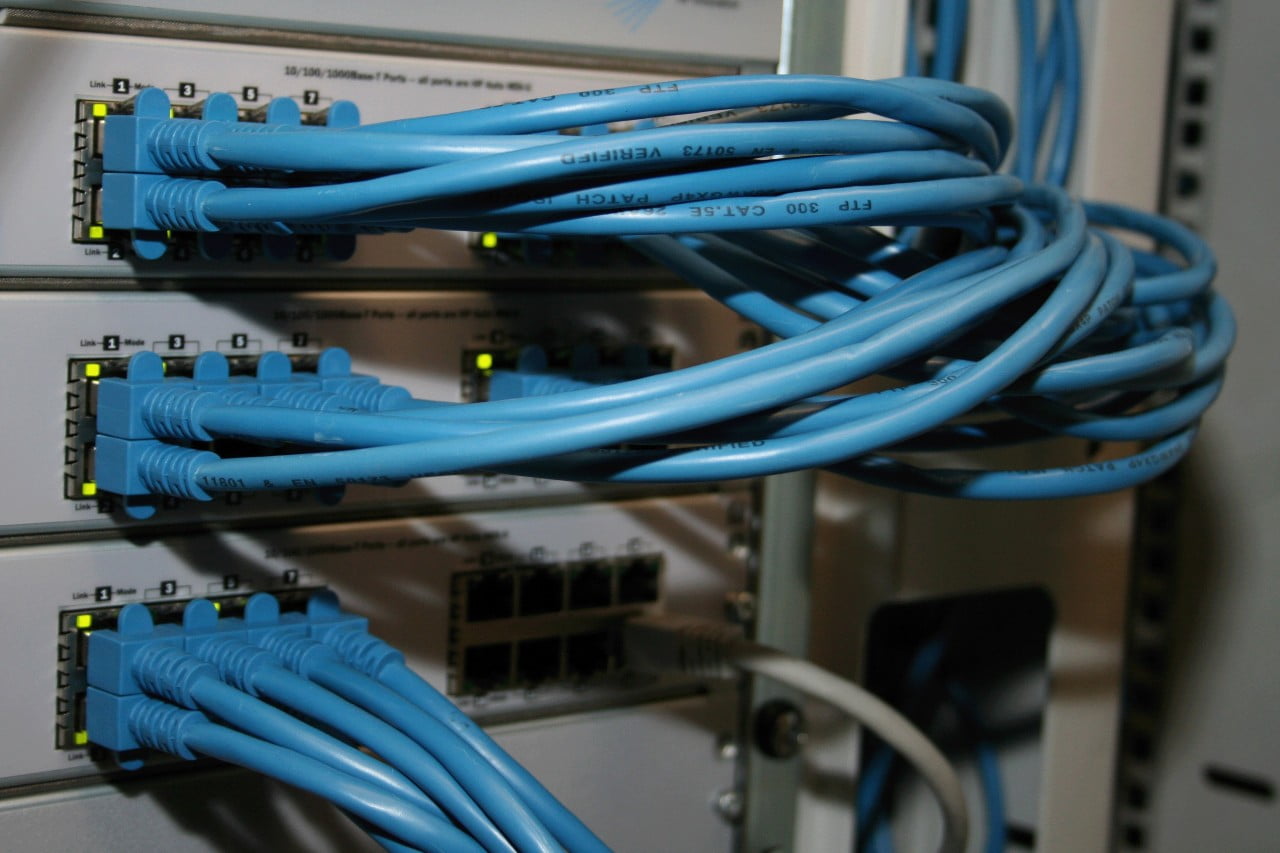In today’s digital landscape, where cyber threats are constantly evolving, safeguarding your business assets is of paramount importance. One effective security measure that can significantly enhance your defense mechanisms is IP whitelisting. By understanding what IP whitelisting is and its significance for businesses, you can take proactive steps to protect your valuable assets from unauthorized access and potential breaches.
What is IP Whitelisting?
IP whitelisting, also known as IP blocking or IP allowlisting, is a security practice that allows you to create a list of trusted IP addresses or ranges that are granted access to your business network, systems, or specific resources. In simple terms, it acts as a digital gatekeeper, only permitting connections from pre-approved IP addresses while blocking all others. This approach contrasts with IP blacklisting, which involves blocking specific IP addresses or ranges known for malicious activities.
IP whitelisting offers businesses a powerful tool to protect their valuable assets from unauthorized access and potential security breaches. By understanding what IP whitelisting entails and recognizing its importance, you can proactively fortify your network security, exercise granular access control, mitigate cyber threats, and ensure compliance with regulatory requirements. Implementing IP whitelisting as part of your overall security strategy will bolster your defenses and provide a solid foundation for protecting your business assets in today’s ever-evolving digital landscape.
Protecting Your Business Assets
Protecting your assets using IP whitelisting is a proactive security measure that helps safeguard your network resources and sensitive data.
Here’s a step-by-step guide on how to effectively utilize IP whitelisting for asset protection:
- Identify Critical Assets: Begin by identifying the assets within your network that require protection. These may include servers, databases, sensitive files, or other valuable or confidential resources. Understanding the scope and importance of these assets will help you determine the level of security needed.
- Determine Whitelist Criteria: Establish clear criteria for IP addresses that will be whitelisted. This can include specific IP addresses, IP address ranges, or a combination of both. Consider including trusted internal networks, known partner networks, and other authorized entities that require access to your assets.
- Configure Firewall or Security Systems: Implement IP whitelisting rules within your firewall or security systems. This may involve accessing the administrative interface of your security devices or software and configuring access control rules to permit traffic only from the whitelisted IP addresses. Consult the documentation or user guides provided by your firewall vendor or security software for specific instructions.
- Regularly Update Whitelist: Periodically review and update your IP whitelist. Remove any outdated or unnecessary IP addresses and add new ones as needed. This ensures that only authorized entities can access your assets, minimizing the risk of unauthorized access or potential security breaches.
- Monitor Network Traffic: Continuously monitor network traffic and analyze logs to identify any suspicious activities or attempts to access your assets from non-whitelisted IP addresses. Network monitoring tools and intrusion detection systems can help detect and alert you to potential threats.
- Implement Additional Security Measures: While IP whitelisting provides a strong layer of protection, it’s essential to implement additional security measures for comprehensive asset protection. This can include strong password policies, multi-factor authentication, encryption of sensitive data, regular security audits, and employee training on cybersecurity best practices.
- Regularly Review and Enhance Security Practices: Cyber threats and attack techniques are constantly evolving. Stay current with the latest security best practices, vulnerabilities, and emerging threats. Regularly review and enhance your security practices to ensure your asset protection measures remain robust and effective.
- Educate Employees: Employee awareness and adherence to security protocols are crucial for asset protection. Educate your employees about the importance of IP whitelisting, phishing attacks, social engineering, and the risks associated with unauthorized access. Encourage them to report any suspicious activities and provide ongoing training to keep security practices top of mind.
By following these steps and maintaining a proactive and vigilant approach to security, you can effectively protect your assets using IP whitelisting. It establishes a strong barrier against unauthorized access, reduces the risk of data breaches, and enhances the overall security posture of your organization.








